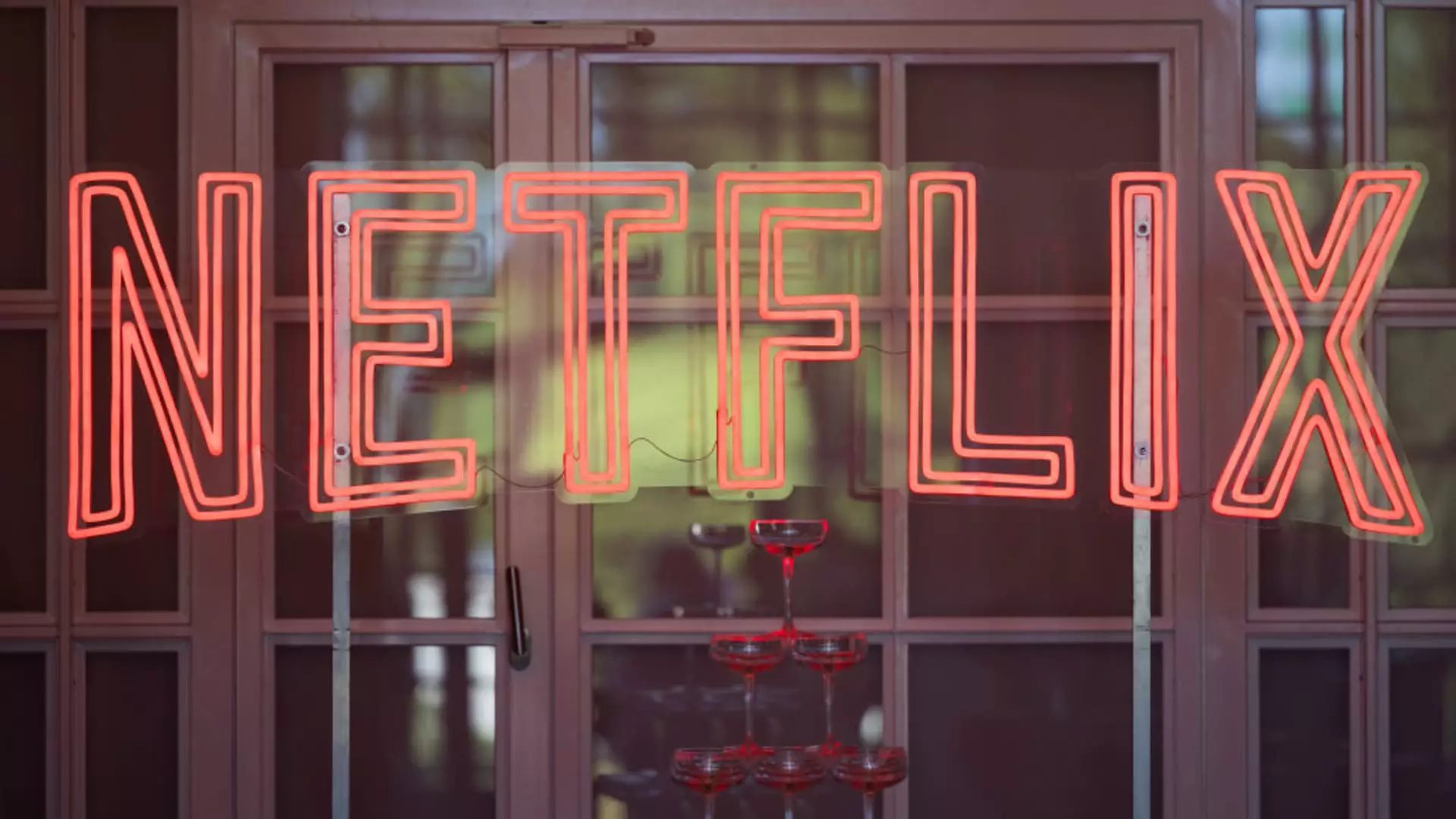In a significant move that has captured the attention of subscribers, Netflix recently announced a price increase for several of its plans in the United States. This announcement, which arrived on a typical Tuesday, suggests a pivotal shift in Netflix’s financial strategy as it continues to navigate a competitive streaming landscape. The increases impact a variety of plans, including its popular ad-free experience and the newly introduced ad-supported option.
The standard plan, once a hallmark of Netflix’s appeal, will now cost $17.99 instead of the previous $15.49, reflecting a noticeable increase. Meanwhile, the budget-friendly ad-supported plan, designed to lure cost-conscious streaming fans, will see a modest rise from $6.99 to $7.99. Additionally, the premium plan, which caters to heavy viewers and families, will increase from $22.99 to $24.99. These changes come at a time when Netflix, like many other streaming services, is under pressure to maintain profitability amid rising operational costs and fierce competition.
Netflix’s price hikes are not limited to the U.S.; the company’s adjustments extend to international markets including Canada, Portugal, and Argentina. This broad approach indicates a strategic effort to bolster finances in various regions, recognizing the growing need to adapt to local economic conditions. With subscriber retention being crucial to Netflix’s ongoing success, these adjustments may reflect a calculated gamble on the willingness of viewers to pay a premium for quality content and convenience.
In response to stagnant subscriber growth prior to launching its ad-supported plan in late 2022, Netflix has been proactive in innovating its service offerings. The ad-supported tier is particularly intriguing as it balances consumer affordability with the company’s desire to enhance revenue streams. To date, the company has reported an impressive uptake of 70 million global active users subscribed to this alternative plan, showcasing a viable path for enhancing subscriber engagement and driving financial returns.
As part of its ongoing strategy to boost subscription numbers, Netflix has embarked on a stern campaign against password sharing. This initiative has not only helped to curb unauthorized access but also offers existing subscribers the option to add “extra members” to their accounts for an additional fee. The cost of these added members on the ad-free plan is set to rise from $7.99 to $8.99, while ad-supported memberships remain unaffected. This dual approach of price adjustment and membership expansion reflects a broader understanding of consumer behavior and revenue generation.
With a record addition of 19 million paid memberships reported in the last quarter, Netflix appears to be emerging successfully from a challenging period. Surpassing 300 million subscribers signals resilience and adaptability in the face of industry shifts. While these price hikes may be a point of contention for some, they underscore the ongoing transformation of the streaming landscape, with providers exploring diverse revenue models to ensure sustainability. As consumers face increasing choices, Netflix’s price strategy provides a compelling case study in balancing user experience with financial viability.


Leave a Reply